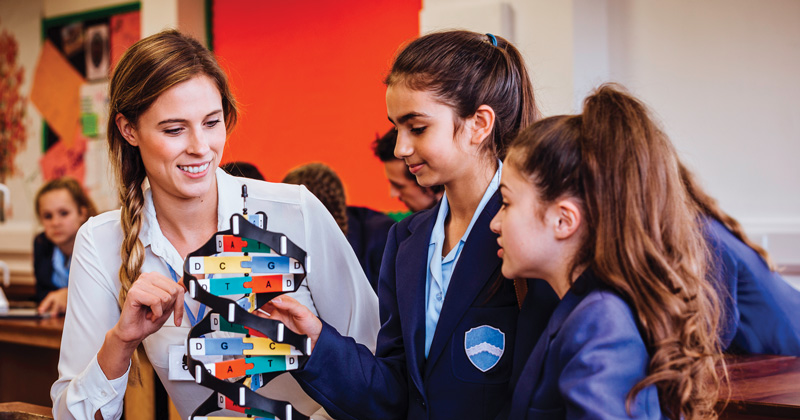Science is the study of all living and non living things and the world around us. Learning and teaching science is an essential part of a child’s education. Learning about science inspires children to question, explore, test, play and create new things. It opens their mind to new possibilities and preserves their sense of wonder. Science learning also boosts their critical thinking, problem-solving, resilience, inquiry and observation skills.
But learning science through a lecture and textbook method can be dull and boring. Additionally, the children could get confused by all the complex scientific terminology and technical concepts. This could hamper their learning and make them fear science learning. The easiest way to overcome this is to use a hands-on approach. Hands-on activities like science experiments for kids bring abstract science concepts into their lessons to life. The demonstrations help the kids understand the science concepts better. Additionally, seeing the magic happen in front of their eyes appeals to the children’s sense of wonder and makes them look forward to learning more.
And not just understanding their lessons, these fun, hands-on science learning activities have several other benefits too.
6 Ways Hands-on Science Learning Activities Help Children
Piques their curiosity: Experiments and other hands-on science activities pique the children’s natural curiosity. It gets them excited and keeps them engaged in the learning process. It also makes them ask questions and find solutions to their questions.
Makes lessons easier to understand: Science lessons can sometimes be full of technical jargon and concepts that are difficult to understand. But hands-on activities help children see the concept come to life in front of them. Seeing these working examples of science helps children understand their lessons better.
Makes learning fun and engaging: When kids can’t understand a lesson or subject, they tend to lose interest and not learn. But hands-on activities where they can see, hear, touch and smell things, and see science concepts in real life makes lessons more fun and interesting. This helps children fall in love with science and make them look forward to learning more. For example, the walking water experiment is a fascinating activity to demonstrate the concept of capillary action. It also helps children learn about colors and how mixing certain colors produce new colors.
Leads to new discoveries: Children learn by observing and doing things on their own. When they can learn by watching, touching, smelling or tasting, it gives them a chance to explore and discover things on their own. This real experience helps them remember what they’ve learned easily.
Prediction skills: Learning science includes a lot of predictions and assumptions. Hands-on science activities are intriguing and get the children wondering about the results. It opens their minds to different possibilities, which helps them discover things on their own.
Resourcefulness: Along with improving their science knowledge, these activities also enhance their analytical skills, logical and critical thinking skills, deductive reasoning, observation skills and problem-solving skills. Experiments and other hands-on science activities also boost the child’s imagination and creativity. It also teaches them the importance of setting goals and planning before executing them.







